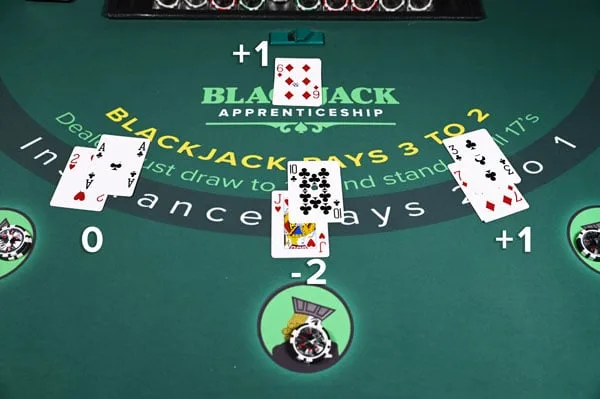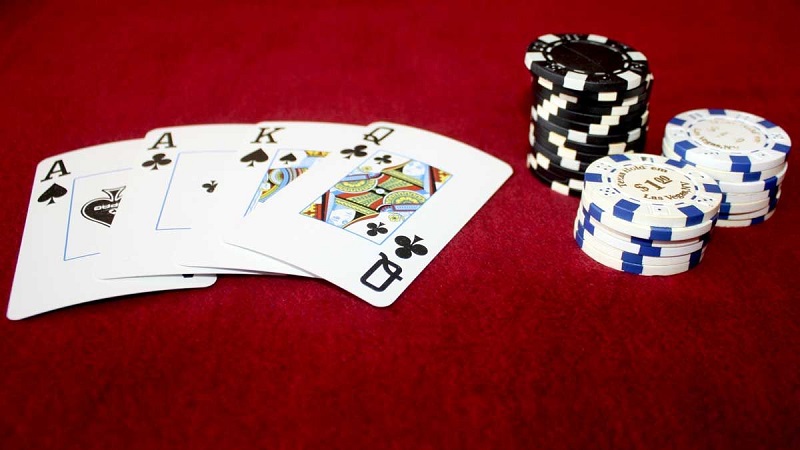
Card Counting: A Strategic Edge in Card Games
Card counting, often portrayed in films and literature as a clandestine skill, holds a fascinating position in the realm of card games, particularly blackjack. This technique is not merely about memorizing cards but understanding the dynamics of game odds and making informed decisions. The mastery of card counting can significantly tilt the odds in favor of a player by identifying the moments when the deck composition is favorable.
Understanding Card Counting Basics
At its core, card counting is a strategy used to track the high and low cards dealt in card games to gauge the remaining cards’ composition. This method is most prevalent in blackjack, where the objective is to reach as close to 21 without going over. By keeping a running count of the high and low cards that appear, players can infer the nature of the cards left in the shoe. High cards (10s and face cards) are favorable for the player, increasing the chances of hitting a blackjack and prompting higher betting. Conversely, more low cards (2-6) remaining in the deck favor the dealer.
The Legality and Ethics of Card Counting
Contrary to popular belief, card counting is not illegal. It is, however, frowned upon in casinos. Many establishments reserve the right to ask players to leave or to inhibit their play if they are suspected of counting cards. Ethically, it’s a gray area. Some argue it is a legitimate strategy that leverages skill and observation, while others view it as a form of cheating because it alters the game’s natural odds.
Card Counting Techniques
Several methods of card counting exist, ranging from the simple to the complex. The Hi-Lo strategy is one of the most accessible techniques, where cards are assigned a value of +1, 0, or -1. More sophisticated systems, like the Wong Halves and Omega II, offer a more precise measure of the remaining cards’ nature but require a significant amount of practice and concentration.
Advanced strategies involve not only keeping a running count but also a true count, which considers the number of decks remaining in the shoe. This adjustment is crucial for applying the count to betting and playing decisions accurately.
The Impact of Card Counting on Casino Practices
In response to card counting, casinos have adopted practices like using multiple decks and frequent shuffling to dilute the effectiveness of this strategy. The introduction of continuous shuffling machines can also negate any count a player may have, as cards are shuffled back into the deck after each hand. Moreover, surveillance systems and trained staff closely monitor players for behavior indicative of card counting, such as sudden increases in bet size or overly focused play.

Card Counting in Popular Culture
Card counting has been immortalized in movies and books, where it is often seen as a David vs. Goliath battle against big casinos. Films like “21” depict the glamor and dangers associated with card counting teams who take Vegas casinos for millions. While these portrayals are compelling, they often exaggerate the ease and effectiveness of card counting, leading to misconceptions among the general public.
The Realities of Card Counting
While card counting offers a potential advantage, it is not a guaranteed path to riches. Successful card counters must not only master the skill but also navigate the challenges posed by casino countermeasures. It demands a deep understanding of the game, a sharp mind, and the emotional control to handle financial swings. For those who are up to the challenge, card counting can indeed be a powerful tool in their gaming arsenal.



